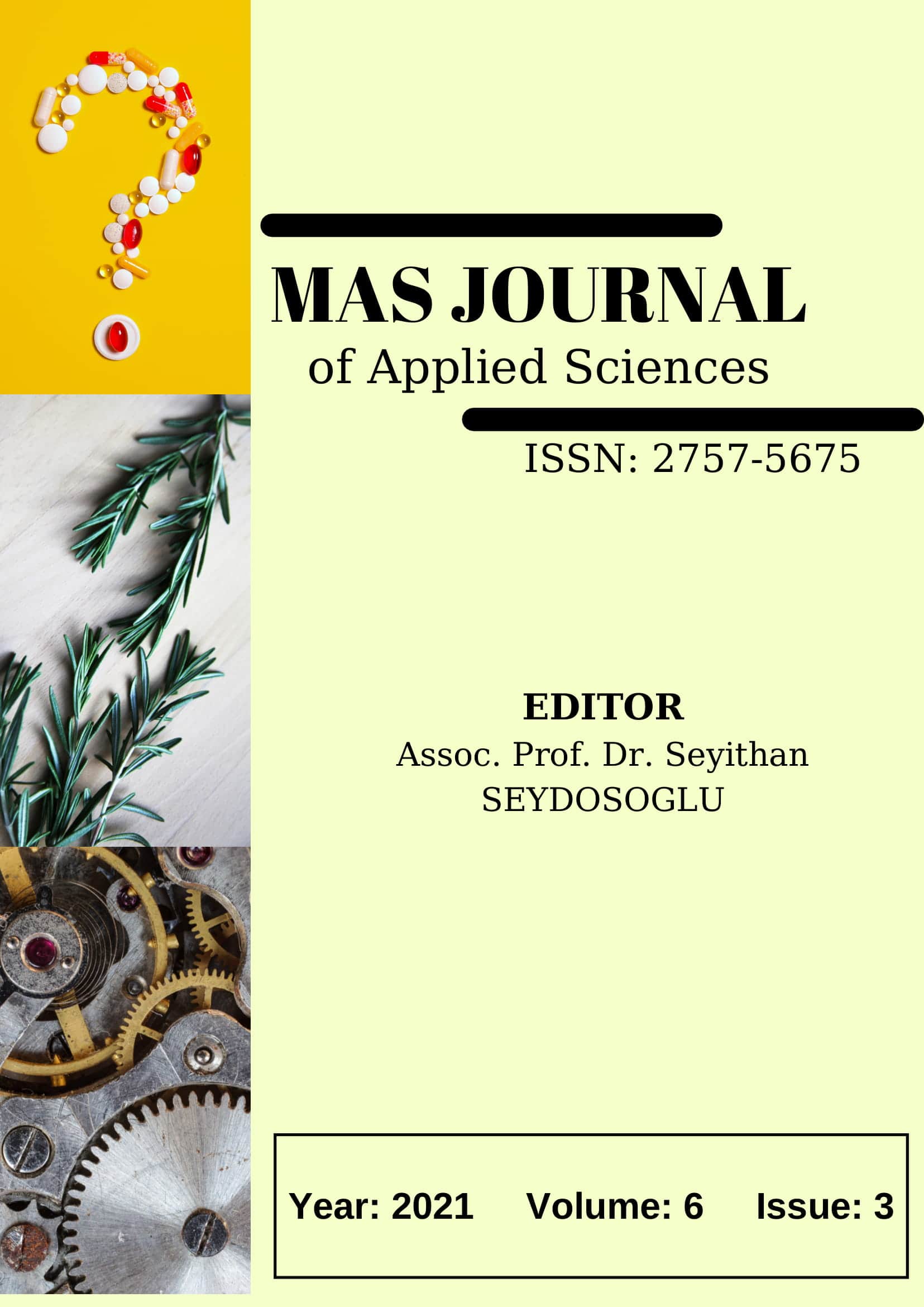The Place and Importance of Marrubium Species in Mersin Beekeeping
DOI:
https://doi.org/10.52520/masjaps.98Keywords:
Beekeeping, honey plant, Fabaceae, marrubium, MersinAbstract
Beekeeping; It is a livestock activity that uses bees and plants as a source of nectar, pollen and secretions. As a result of beekeeping activities; valuable bee products that can be used in many fields such as honey, pollen, royal jelly, bee bread, propolis and bee venom are produced. Beekeeping is an important activity that ensures the pollination of plants and the increase of fruit yield, as well as obtaining various bee products. This natural association established between bees and plants pollinated by bees is essential for the survival of the two living groups. Turkey has an important place in the world with its honey plant diversity. This wealth and geographical structure advantages have made Turkey a suitable area for beekeeping. Marrubium members of the Lamiaceae family, which are common in the Mediterranean region where beekeeping is intense, are; It is among the plants preferred in beekeeping due to its abundant flowers and abundant nectar. It is known that Marrubium species have a very important role in the vital activity of bees and some insect species. In this study, the place and importance of Marrubium species, which grow intensively on the foothills of the Taurus Mountains, in Mersin province beekeeping were examined. In the results of working; It was concluded that the plants of the genus Marrubium L. are considered very valuable by beekeepers in terms of honey potential and quality, and the plant density in high altitude areas is effective in the selection of the areas where the hives will be placed. As a result of field studies in the area, face-to-face interviews with beekeepers and examination of previous studies, 8 taxa, 5 of which are endemic, belonging to the genus Marrubium have been identified in Mersin.
Downloads
Published
How to Cite
Issue
Section
License
Copyright (c) 2021 The copyright of the published article belongs to its author.

This work is licensed under a Creative Commons Attribution-NonCommercial 4.0 International License.


